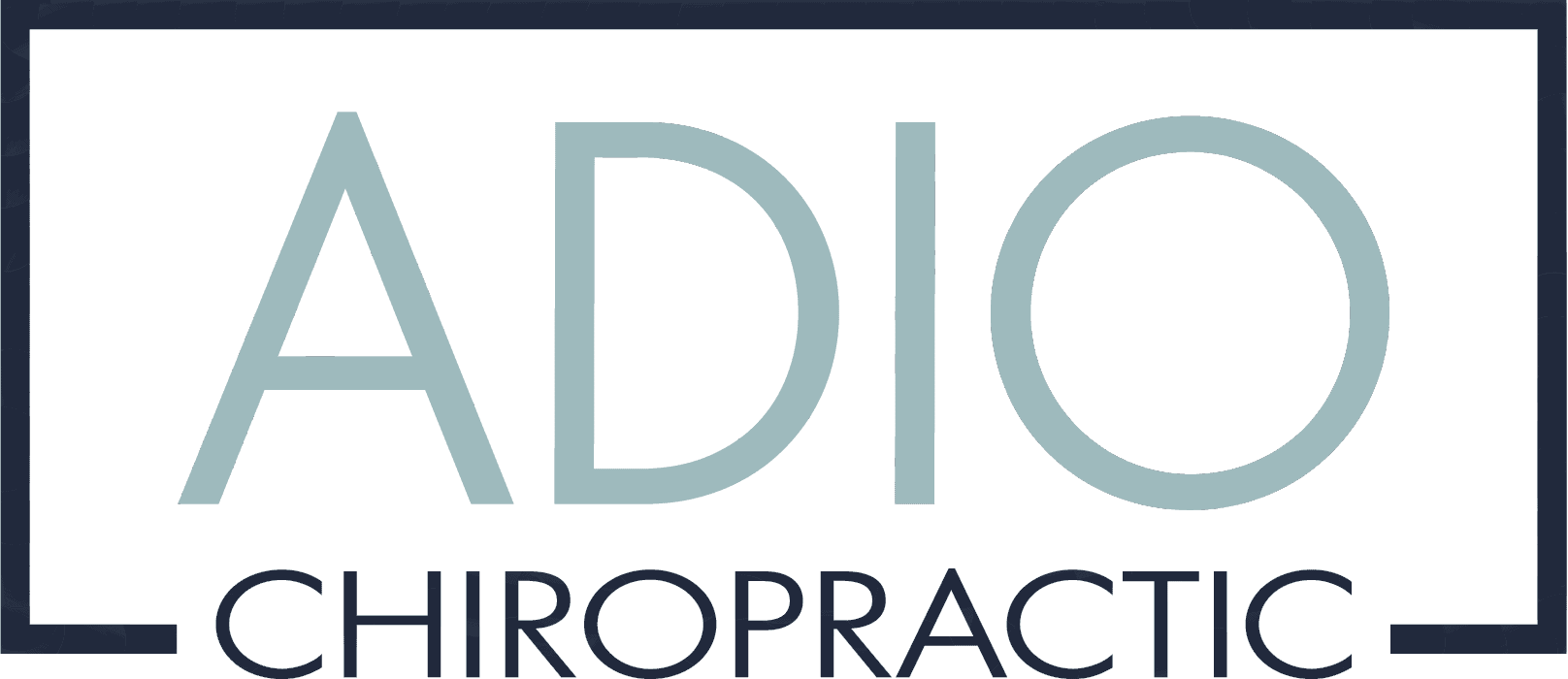Being the parent of a newborn infant is exciting and sometimes scary. Learning your baby and their cries can take some time. If your child is crying for long periods of time and is inconsolable, it could be due to colic.
Table of Contents
What is Infant Colic and What Are the Symptoms?
Colic is a condition that affects infants and usually involves crying—a lot of it. What is a normal crying range and what isn’t? Colic is defined as crying episodes that last for more than three hours a day, three days a week, for three weeks or more in an otherwise healthy baby. The crying bouts can be very intense and may even make the baby appear to be in pain. Colic usually starts when an infant is around two weeks old and goes away around four to six months of age.
Here are some symptoms colicky babies may experience:
- high-pitched crying or screaming
- extremely difficult to soothe
- may have a red face or be pale around the mouth
- may arch their back, clench fists, stiffen their arms, or scrunch in their legs
What Causes Infant Colic?
The exact cause of colic in babies is unknown. Some experts believe that colic may be due to an immature nervous system or gastrointestinal issues. Others believe colic could be caused by environmental factors such as light, noise, or even the smell of certain foods. Sometimes it could be caused by the type of milk your baby is drinking. But infants who drink formula or breast milk can both be diagnosed with colic.
How Can Pediatric Chiropractic Care Work to Help Relieve Infant Colic?
Now that we know a little more about colic let’s talk about how chiropractic care can help. When you take your infant to see a pediatric chiropractor, they will do a full exam. This will help them rule out any other potential causes of the crying. Once colic is determined to be the cause, they will work on gently aligning your baby’s spine and nervous system. This can help reduce the stress on their nervous system and allow their body to function better overall, including your child’s immune system and brain development.
A study was done between 2007 and 2009 that looked at infants with colic who received chiropractic care. The study found that those who received chiropractic adjustments significantly decreased crying time.
Is Taking My Infant to a Chiropractor Safe?
The short answer is yes! Chiropractic care is a drug-free and surgery-free way to help your infant (children younger than one year) feel their best. When you take your child to see a pediatric chiropractor, they will use gentle pressure and adjustments specifically designed for infants. Chiropractors are health care professionals specializing in the musculoskeletal system’s care, most notably the spine.
Signs That Chiropractic Care is Working
After a few adjustments, you may start to see some improvements in your colicky baby. Here are some signs that chiropractic care is working:
- Crying episodes begin to lessen in frequency or duration
- Your baby starts sleeping better and can self soothe
- They become more alert and content when awake
- They have more regular bowel movements
Other Remedies for Colic Babies
Pediatric chiropractic care is an excellent option for caring for an infant with colic. What other things can parents do to help?
Here are some colic-soothing tips:
- Burp your baby frequently during and after feedings.
- Keep a regular feeding and sleeping schedule.
- Try different positions when feeding your baby.
- Place your baby on his or her belly for short periods to help them with gas relief.
- Take a break. If you’re feeling overwhelmed and your mental health is deteriorating, ask a family member or friend to take over for a bit so you can have a break.
- Give your baby a warm bath.
Additional Benefits of Chiropractic Care for Your New Baby
Not only can chiropractic care help with colic, but it can also help with other common health problems and your child’s development, such as:
- gas
- spit-up
- constipation
- ear infections
- eventually, language development
- improve physical developmental milestones
- improve your child’s life and daily activities of living


